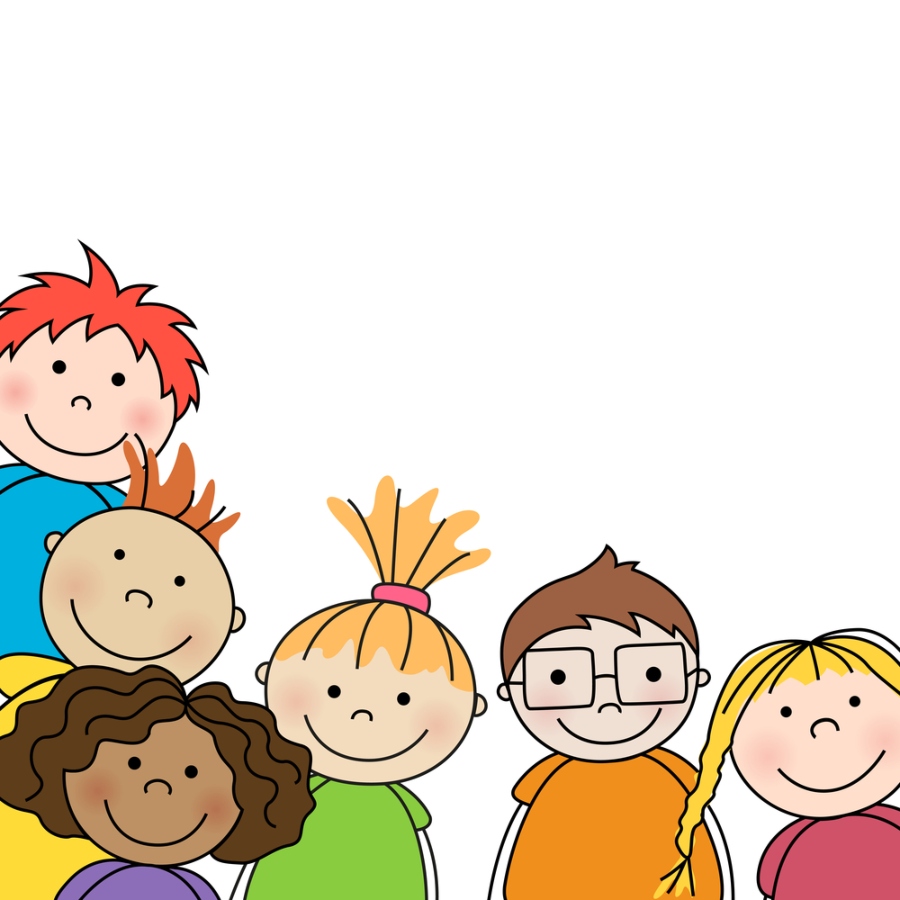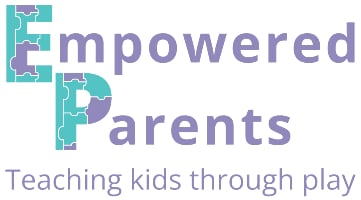Button, Button, Who’s Got the Button is a fun game to add to your collection of go-to carpet games.
This game is also sometimes referred to as “Hide the Button,” “Button Button” or “The Button Game.”
What is the Object of the Game?
The object of Button Button is to discover who is holding the button in their hand.
Where Can You Play It?
This game is suitable for almost any setting as long as there are enough children.
Play it in a preschool or elementary class, at a birthday party, at camp, with family and friends at home, or as a brain break with older children in class.
What Age is it Suitable For?
This game can be played by various ages – from the preschool years onwards – but it should be adapted to suit the age of the kids.
Playing it properly requires a level of subtlety and patience that preschoolers may find difficult, so they would need to play an easier version.
You could also try playing it with a mixed age group and letting the younger kids watch how the older kids subtly pass the button without letting on that they have it.
How do you Play Button, Button, Who’s got the Button?
The game is simple:
- Children sit or stand in a circle.
- One child is chosen to be “it” (or “the leader”).
- Children hold their hands cupped with palms facing each other, ready to receive the button.
- The leader goes around the circle pretending to drop the button into each child’s hands by placing his or her hands over each child’s hands.
- Each child closes their palms together, pretending to receive the button.
- The leader must drop the button into one child’s hands without making it obvious and then must finish going around the circle, pretending to drop it into each child’s hands.
- The leader returns to sit in the circle.
- Starting from the child next to the leader, the leader asks each child “Button, button, who’s got the button?”
- Each child has a turn to guess who is holding the button by responding with a name, such as “Mary’s got the button.”
- The first child to guess the person holding the button is the next leader.
For the first round, the adult should be the leader so that the children can watch a demonstration of how to pretend to pass the button.

Benefits of Playing
Like most early childhood games, playing a simple game like this has many educational benefits.
- Children develop their social skills as they interact, take turns to be the leader and each play a role in the game.
- They build their ability to concentrate when they are engaged in a game that takes time and where they need to pay attention to what is happening.
- Children develop their non-verbal communication as they learn to read facial expressions and body language in an attempt to identify who is holding the button.
- They learn how to be patient and show self-control when they want to laugh or say who is holding the button. They also have to subdue their excitement when the button is dropped in their own hand.
- With age and maturity, they develop the ability to be subtle and develop a “poker face.”

Different Ways to Play Button, Button
You can play this game in any way you choose, as long as you use the concept of hiding and guessing.
Use a Different Object
You can play “Button, Button, Who’s got the Button” without a button by substituting it for any other small object, such as a bead, coin or small toy.
Then change the name of the game based on the object, for example, “Coin, coin, who’s got the coin?”
Hold Hands Behind Your Back
The children all sit in a circle as in the classic version but instead of placing their hands in front, they place them behind their back and the leader goes around pretending to place the button in everyone’s hands.
This version will make the passing of the button less visible if you find the children are not subtle enough when passing it with hands facing inside the circle.
Children Pass the Button Around
In this version, the children pass the button around to each other, either in front of themselves or behind their backs. Along the way, one child keeps the button and pretends to keep passing it along.
This is more suited to older children who can continue pretending to pass along a button.
Send the Leader Out of the Room
For younger children, it may be easier to send the leader out of the room and then have the adult place the button in someone’s hand.
The leader then comes back in and must guess who has it.
Or the children can pass the button around and leave it in one child’s hand while the leader is out of the room, to make it less obvious.
Ask Questions
In this version, the adult places the button in someone’s hand and the leader asks questions to try to identify who is holding it.
The leader should only ask yes or no questions and try to discover the person through a process of elimination.
- Is the person holding the button a girl?
- Does she have blond hair?
- Is she wearing a red top?
Make the game more challenging by limiting the number of questions for older kids.
These are just a few ideas to make this game fun for children.
Here are more fun games for kids.


ruthy
Friday 30th of August 2024
You're The Best! I am playing this game today with my class~.~
Who's Got The Button?
Tanja McIlroy
Friday 30th of August 2024
Enjoy it!